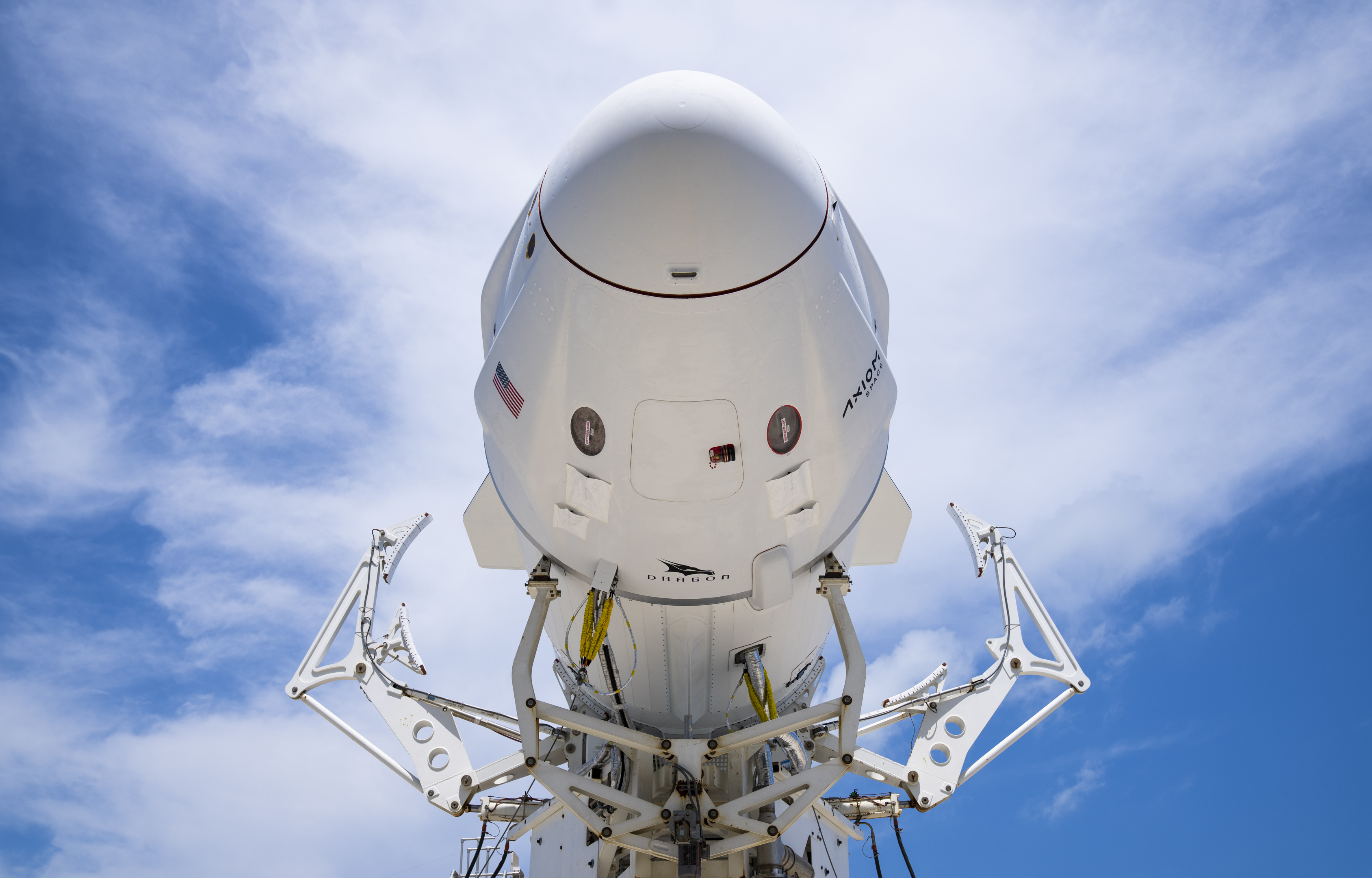
A SpaceX rocket carrying the first fully private astronaut team blasted off to the International Space Station (ISS). Here’s all about NASA’s milestone in commercializing spaceflights.
All about the first private astronaut team
The latest SpaceX Falcon 9 rocket, blasted off from Kennedy Space Center in Florida on Friday made history. The rocket had the first-ever private astronaut team. The team of four was selected by Axiom Space Inc., a Houston-based startup. Axiom’s live video showing the rocket and the insides revealed the crew inside the cabin as the rocket was soaring toward space. According to the commentators, the rocket’s upper stage delivered the capsule into the preliminary orbit.
Kate Tice, the launch webcast commentator called the lift-off “absolutely picture-perfect”. A crew member was seen saying “That was a hell of a ride” over a radio transmission. The private astronaut crew, led by Michael Lopez-Alegria landed at the ISS on Saturday. Lopez-Alegria is a retired NASA astronaut. They are going to dock with the ISS following a 20 plus hour light operated autonomously by Crew Dragon. In addition to Lopez-Alegria, the AX-1 crew is made up of Eytan Stibbe, a former Israeli fighter pilot, and Mark Pathy, a Canadian businessman and philanthropist, serving as the mission specialists. Larry Connor, an American Entrepreneur, and activist investor piloted the flight. Additionally, Stibbe is the second Israeli to go to space.
Commercializing spacecraft
The first of a kind mission is a partnership between NASA, SpaceX, and Axiom. While the ISS has hosted civilians before, the AX-1 marks the first all-private crew. Moreover, in addition to furnishing the launch site, NASA is going to take responsibility for the astronaut after they reach the space station. The private astronaut team is going to undertake science and biomedical research for eight days. The team is also going to experience weightlessness. They will also be working with seven government-paid ‘regular’ ISS members. The ISS is currently home to a German, three Russian, and three American astronauts.
“We’re taking commercial business off the face of the Earth and putting it up in space,” stated Bill Nelson. Nelson is the current NASA chief. Moreover, “the shift enabled his agency to focus more on sending humans back to the Moon, to Mars, and on other deep space exploration,” he added.
